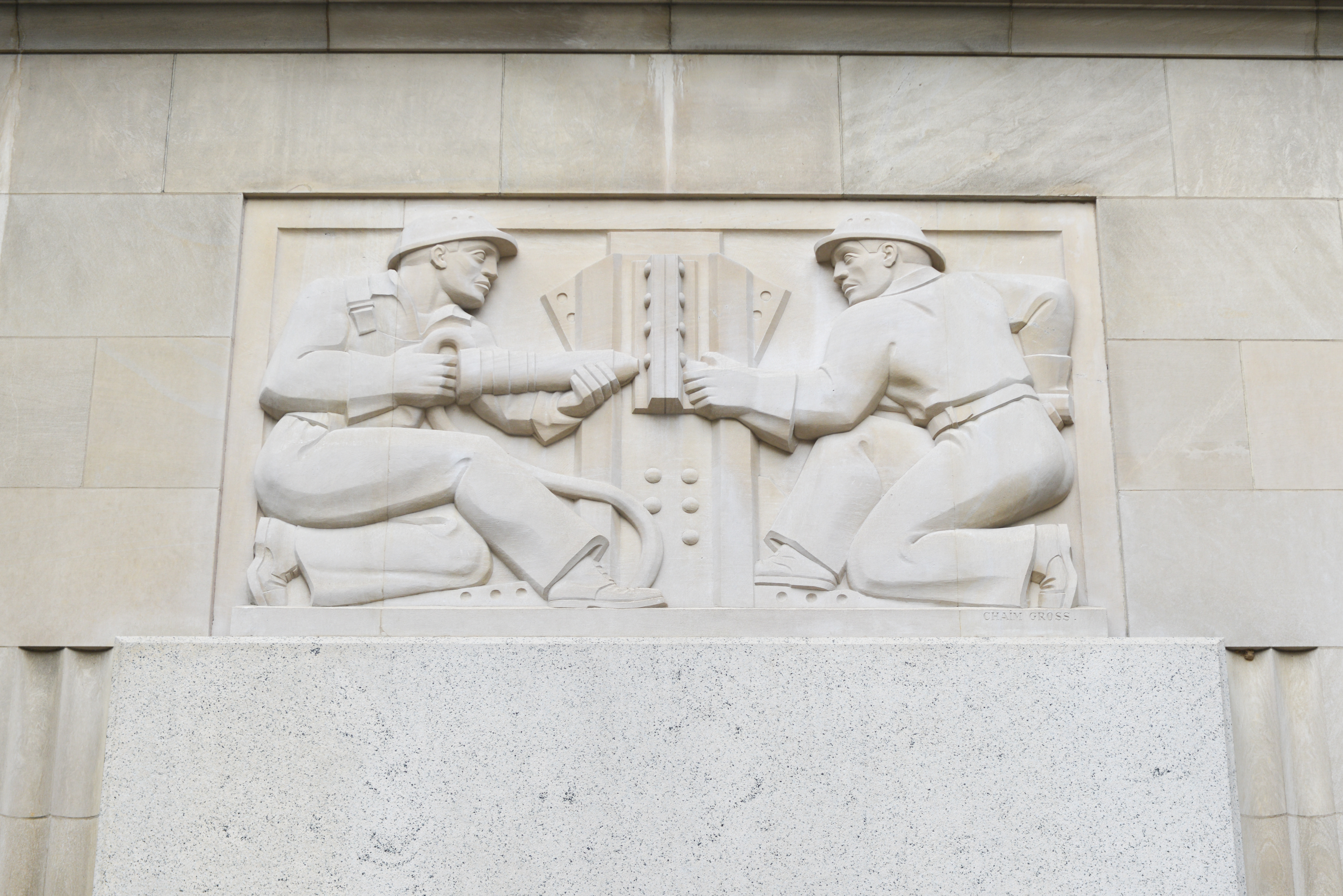
This is the eleventh in a series of posts diving into the detail mentioned in the complaint by FTC and all Attorneys General against four named cancer charities.
This is the third post on comments in the complaint addressing valuation at an overall level.
The complaint can be found here. My posts in this series are visible using the FTC tag.
On the impact of the allegedly misstated information:
-
Corporate Defendants claimed these illusory numbers in financial reporting documents like informational tax returns filed with the IRS, commonly known as Forms 990, and in documents filed with numerous state regulators. In connection with such filings, Corporate Defendants certified that the information contained therein was “true, accurate, and complete,” sometimes under penalty of perjury. States often make such documents publicly available so that prospective donors may research charities before making donation decisions. The public, together with state charities regulators, relied on this information in evaluating the performance and effectiveness of the Corporate Defendants. Charity watchdog groups that provide consumers with information about charities also considered Corporate Defendants’ reported contributed revenue, program spending, and fundraising and administrative costs when evaluating them. Such financial information was also reported to federal employee donors in Combined Federal Campaign materials.
This paragraph explains how widely the allegedly misstated information has been made available. I’m not quite sure why this paragraph is even here, so I will guess it is to show how widely the information has been disseminated to government officials and individuals. If so, that would lend support to the reason that every state and the federal government are involved in the case.
The allegedly misstated information has made its way into 990s and state information tax returns. By implication the same allegedly misstated information is a part of audited financial statements.
The 990s obviously went to the IRS and each state tax filing went to the appropriate state. Thus many tax authorities have received allegedly incorrect returns.
The 990s, audited financial statements, and other filing information have been provided to a wide variety of state charities regulators. Thus many regulators have used that allegedly misstated information in their oversight.
Many states make filings they have received available to the general public. In addition, self-appointed watchdog groups gather financial information, sometimes make the filings available to the public, and frequently use the allegedly stated information in their calculations to rank charities. Through all of those information channels, the general public has received allegedly misstated information.
All of that to show the financial statements for the four charities have been widely distributed. If the information is in fact misstated as alleged in the complaint, then many government officials, donors, reporters, and interested citizens have been misled.
If the FTC’s allegations are in fact correct, there may even be some state boards of accountancy that may have a concern for the consumer protection issue in this case.
Next: post 12.